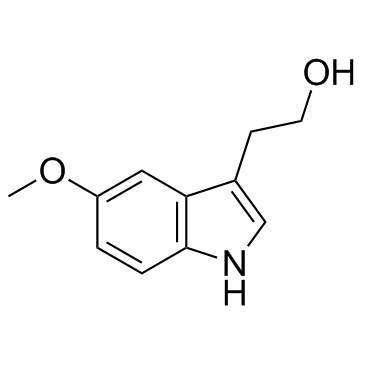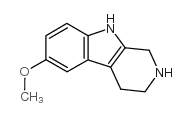| Structure | Name/CAS No. | Articles |
|---|---|---|
 |
5-methoxytryptophol
CAS:712-09-4 |
|
 |
6-METHOXY-1,2,3,4-TETRAHYDRO-BETA-CARBOLINE
CAS:20315-68-8 |